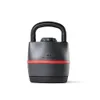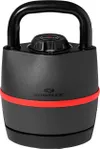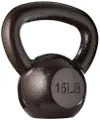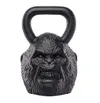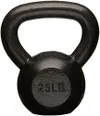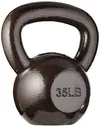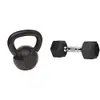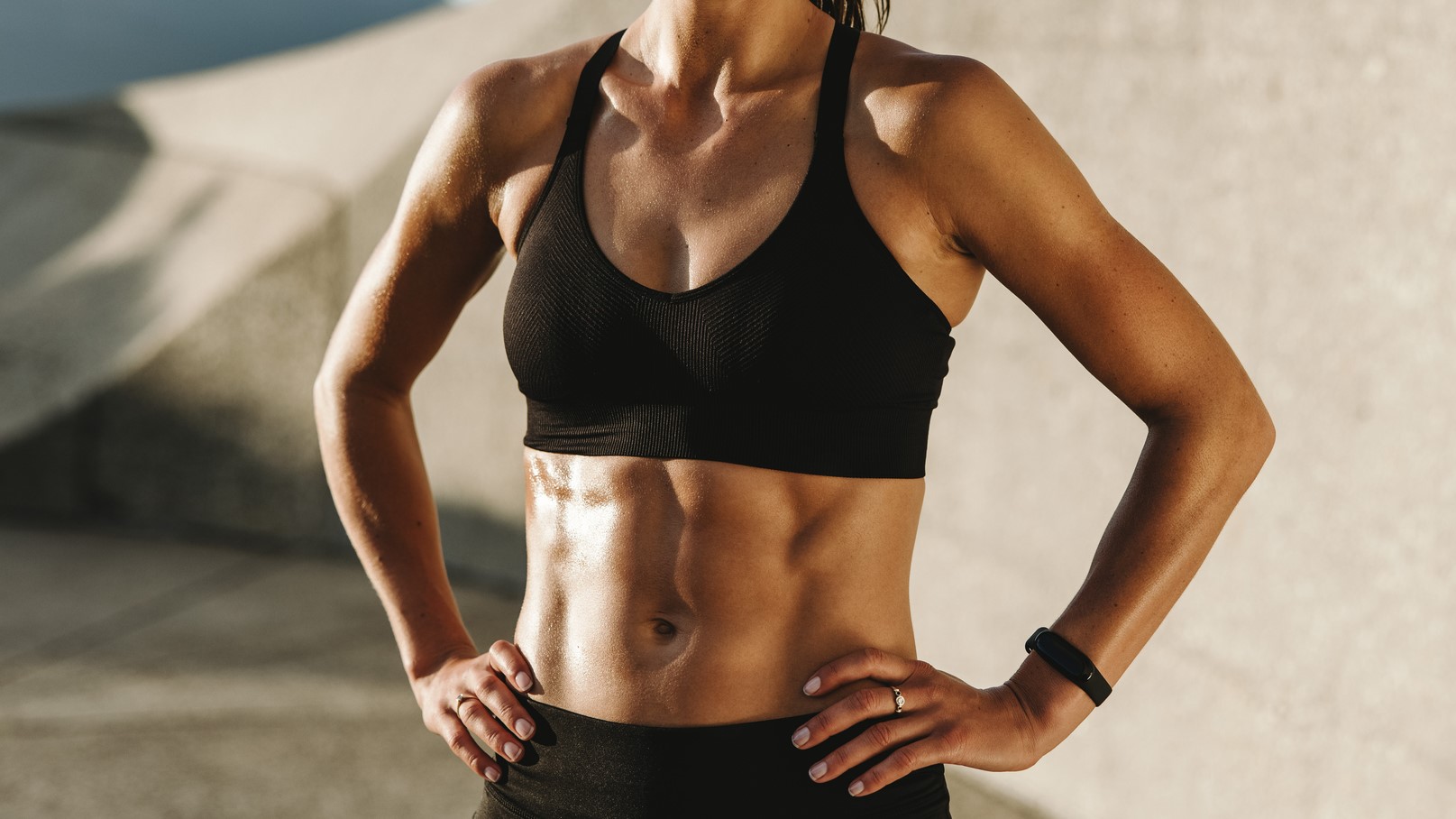
I’m not one to big up an exercise I don’t believe in. I’ll happily tell you sit-ups are low on my priority list of the best abs exercises to program for my clients, with or without weights.
So when I say this is one of my favorite exercises to build a stronger core and hip flexors, I mean it. I won’t hold you in suspense any longer — it’s the overhead seated leg raise.
You’re not sitting on the ground either, although you can if you prefer. I like to do these seated on a box or bench, with my arms extended overhead and a heavy weight held between both hands.
Here’s how to do seated leg raises, the many variations to try, and the benefits of this powerful seated core exercise.
How to do overhead seated leg raises
- Start seated on the very edge of a bench or box with both feet flat on the ground
- Place your hands on the box next to your hips
- Press down hard through your hands and brace your core
- Sit tall through your spine and keep a straight back and proud chest. Pull your shoulders back and down
- Extend your legs
- With control, on your exhale, raise both legs into the air as high as you can with toes pointed
- Pause and hold, then lower your legs to the ground
- Avoid excessively leaning forward or back while you move.
These are the basic steps for box seated leg raises, so now let’s start adding on.
This time, raise your arms overhead while keeping your shoulders pulled away from your ears. Stay tall and avoid collapsing into your back. For an extra challenge, try holding a weight overhead.
Instead of holding your legs at the top of the move — similar to the L-sit exercise — lift and lower your legs for 3-5 sets of 8-12 reps, pausing briefly at the top of the movement. You can incorporate the hold at the top of the movement for 10-20 seconds if you desire.
If moving both legs together feels too difficult, practice with one leg at a time. If using two feet feels too easy, try gripping a dumbbell between them.
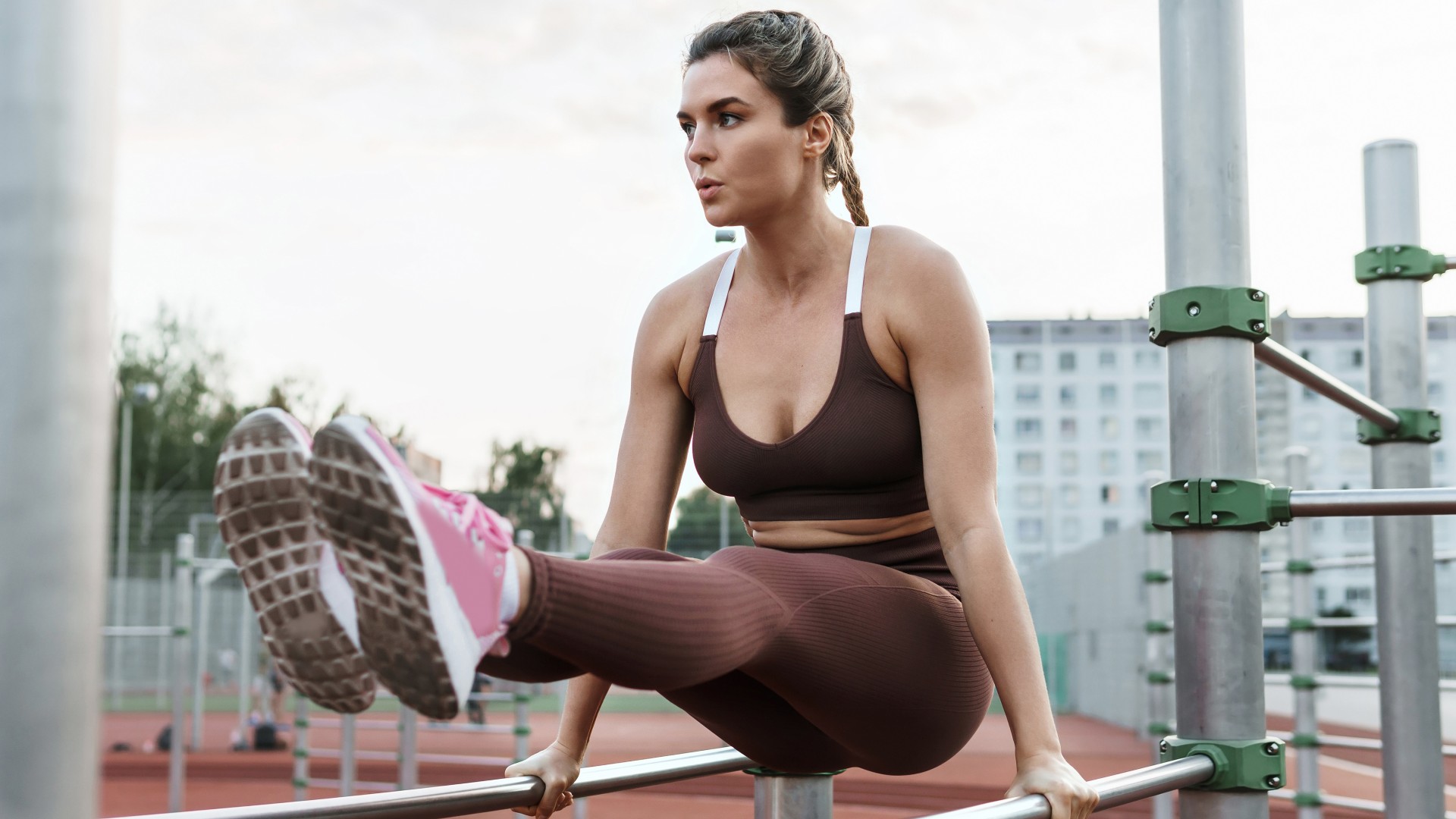
Sometimes, I like to add flutter kicks (quickly scissoring my feet up and down) at the top of the exercise for 20 reps, which adds a little extra heat for my hip flexors.
You could practice seated leg raises from the ground as you would the L-sit but lifting and lowering for reps — an advanced exercise — however, creating a deficit with a box (or similar) vastly increases your range of motion for the hips and legs, making it more dynamic while still building core stability.
If you don’t have a box, you could also practice gripping onto gymnastic rings or bars (pictured below), jump up and hold the position with your legs raised, and then practice raising and lowering the legs. This will increase upper-body engagement and strengthen your chest, shoulders, and arms while working your core hard to stabilize you in a seated but unsupported position.
It’s a super challenging variation as you’ll focus on balancing while pushing down through your arms and hands to keep you steady. Trust me, this one torches your chest the next day.
If you struggle to lift one or both legs, it could be due to tight hips, so opt for one leg at a time. And if extending your legs feels impossible, it could be down to tight hamstrings; try one leg at a time or slightly bend the knees.
If you want to commit to using a box but raising your legs feels far too tough, try using two boxes and positioning your body between them, which allows you to lift your legs from a more vertical position. However, some of these options encourage you to start from a vertical position and then move into an unsupported seated position. Using a box or chair to start from seated will seriously ramp up the intensity on your quads, core, and hips.
Are sitting ab exercises effective?
Without a doubt. Seated ab exercises can help you strengthen your core and hips and improve hamstring flexibility.
One study systematically reviewed the literature on EMG activity of six types of core muscles. Although the study had limitations, researchers found free weights (like dumbbells) can induce the greatest activity in the rectus abdominis, external obliques, and erector spinae muscles.
They also found the greatest activity in the internal obliques during core stability exercises (like our seated leg raises or L-sits). Seated leg raises are demanding on the deeper core muscles responsible for stabilization and posture, like the erector spinae and transverse abdominis.
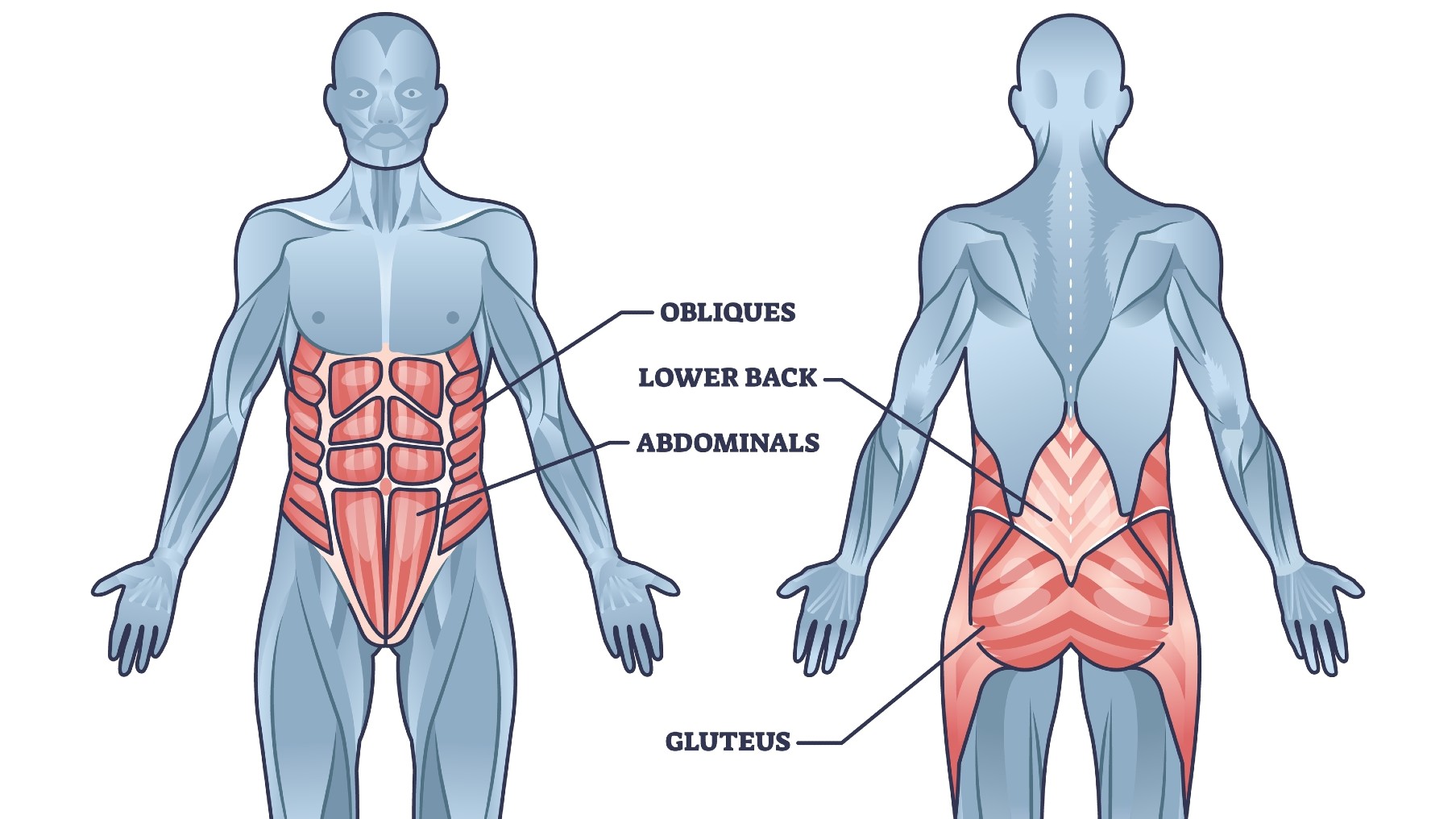
Exercises like these are used in CrossFit workouts, gymnastics, and calisthenics programs to teach core stability, strength, balance, muscular control and stamina from an isometric (non-moving) and isotonic (moving) position.
How can I tone my stomach while sitting?
I’m careful not to encourage the use of language like “tone” or “tighten” because what is “toning muscle,” really? When you activate and use any muscle group, you’re looking to make it grow or strengthen. “Tone” occurs when you build muscle and have a low enough body fat percentage that you can see muscle definition.
No workout or exercise can single-handedly create a sculpted core muscle look. That depends on a combination of diet, resistance training, regular exercise, and a whole host of lifestyle factors like sleep care and managing stress. A strong core doesn’t mean a six-pack, but if you’d like to build core strength while sitting, check out some of our ideas below.
More from Tom's Guide
- Forget sit-ups — 3 seated ab exercises that build your core muscles using one dumbbell
- I’m a personal trainer — I use this seated ab exercise to build my lower abs without weights
- Forget sit-ups — you only need 1 kettlebell and 3 seated ab exercises to sculpt your core
Sign up to get the BEST of Tom's Guide direct to your inbox.
Get instant access to breaking news, the hottest reviews, great deals and helpful tips.

Sam Hopes is a level 3 qualified trainer, level 2 reiki practitioner and senior fitness writer at Tom's Guide. She is also currently undertaking her Yoga For Athletes training course. Sam has written for various fitness brands and websites over the years and has experience across brands at Future such as Live Science, Fit&Well, Coach, and T3.
Having worked with fitness studios like F45 and Virgin Active, Sam now primarily teaches outdoor bootcamps, bodyweight, calisthenics and kettlebells. She also coaches mobility and stretching-focused classes several times a week and believes that true strength comes from a holistic approach to training your body.
Sam has completed two mixed doubles Hyrox competitions in London and the Netherlands and finished her first doubles attempt in 1:11.
You must confirm your public display name before commenting
Please logout and then login again, you will then be prompted to enter your display name.



